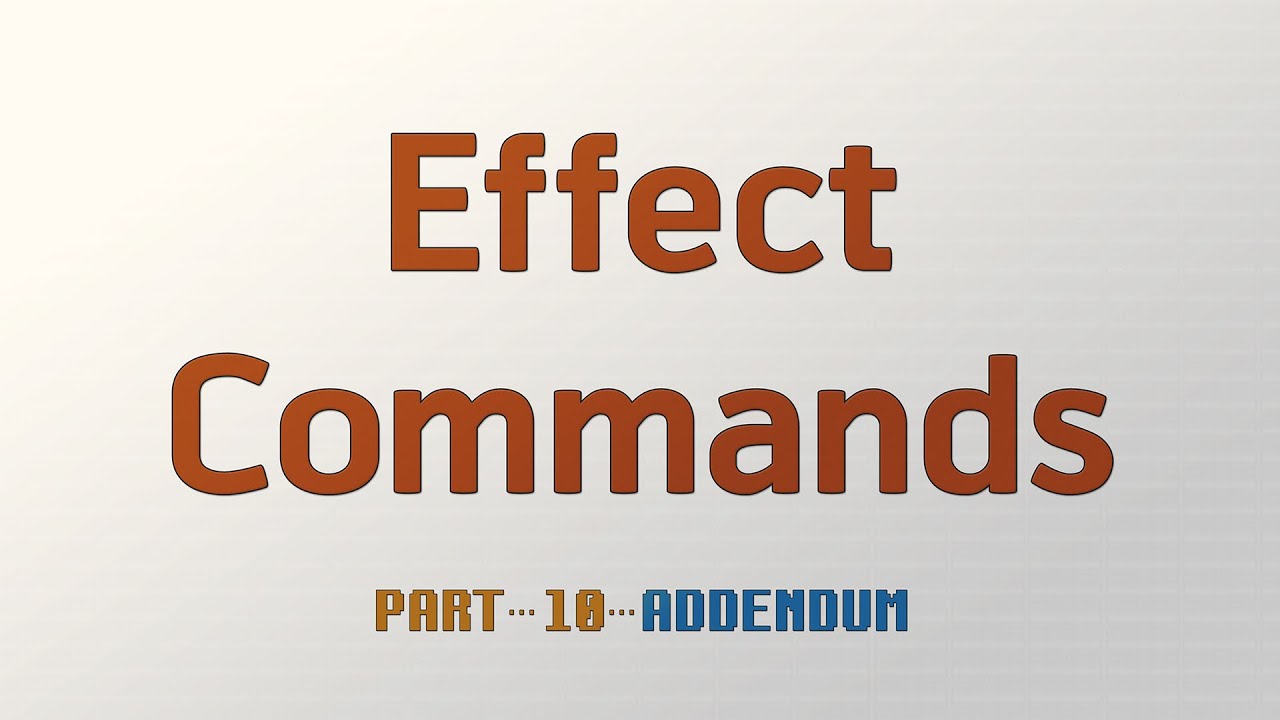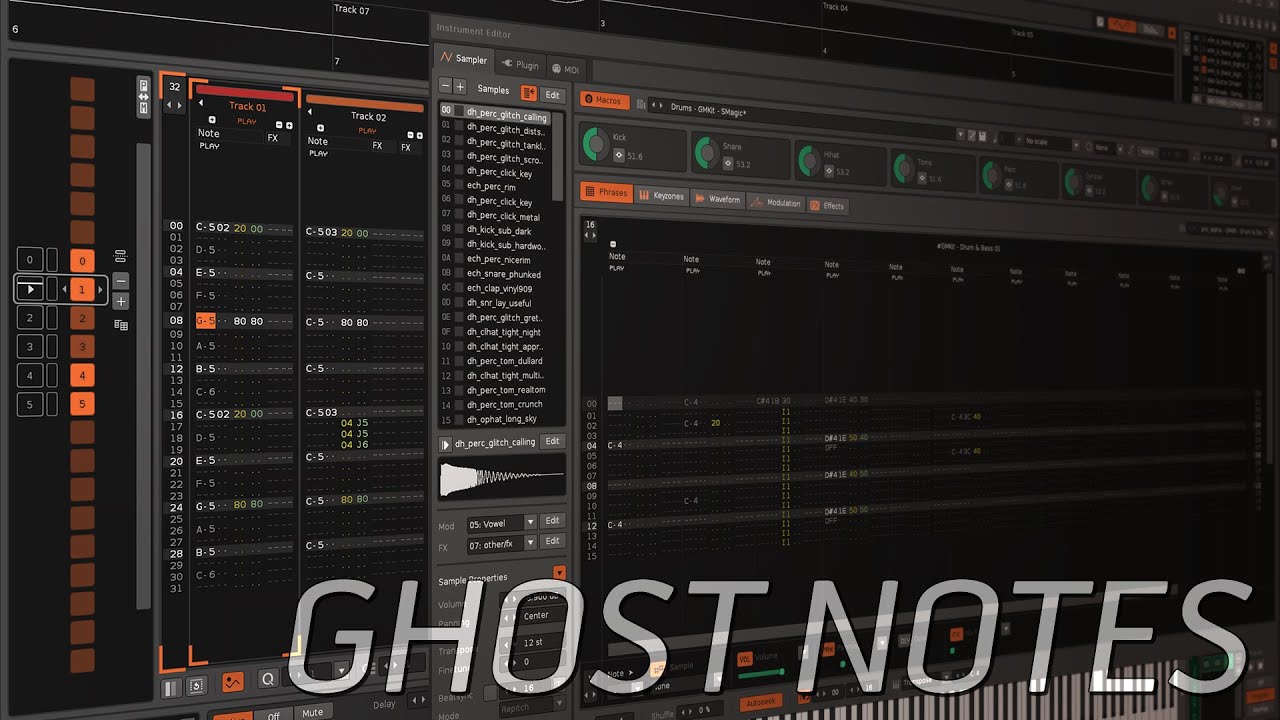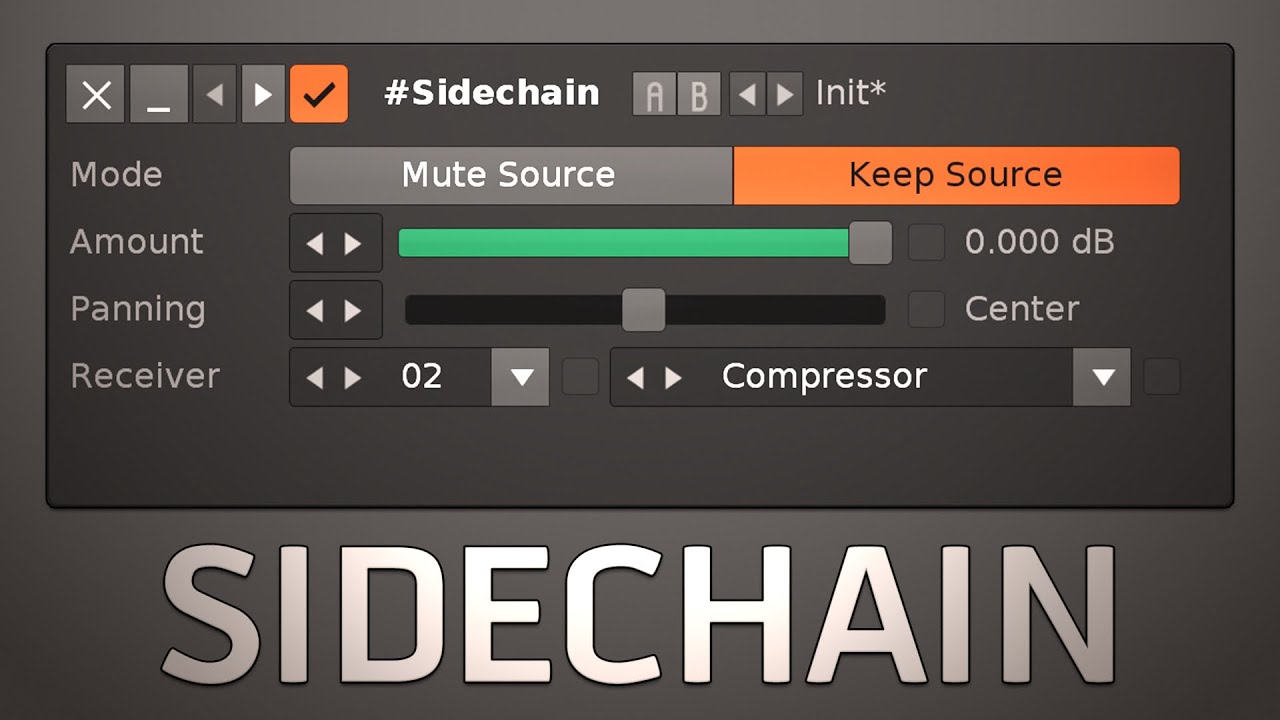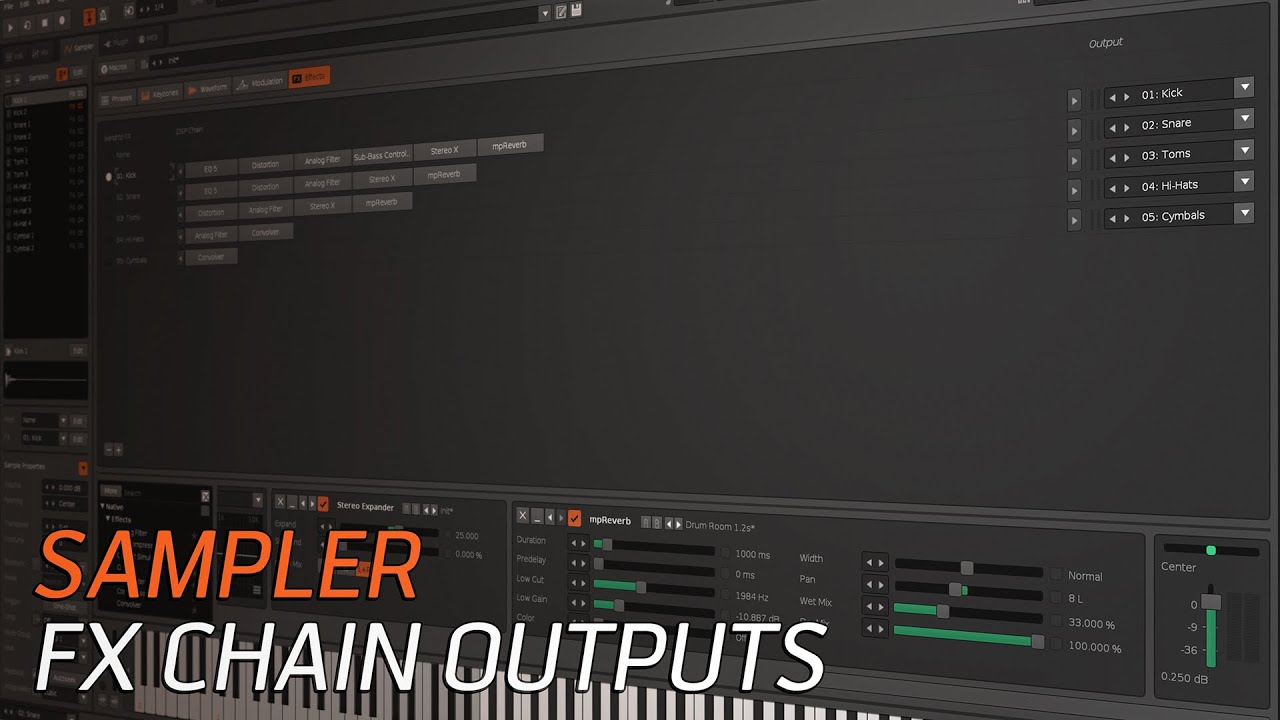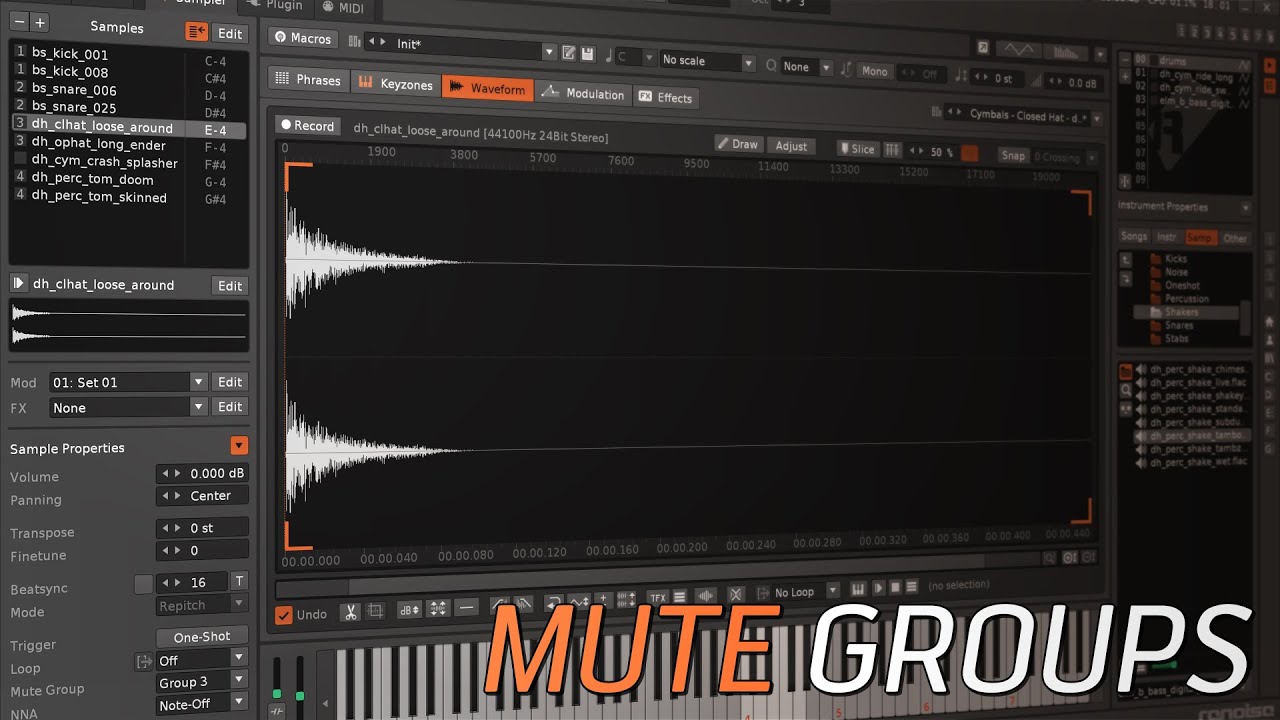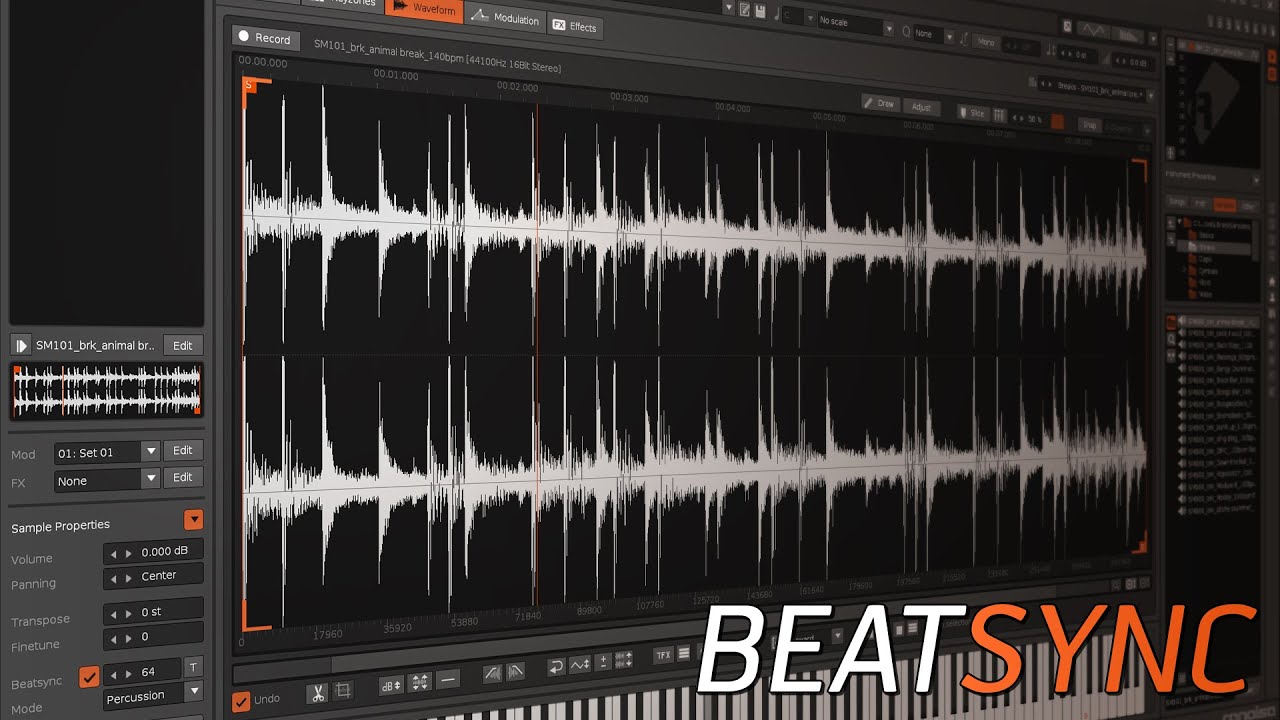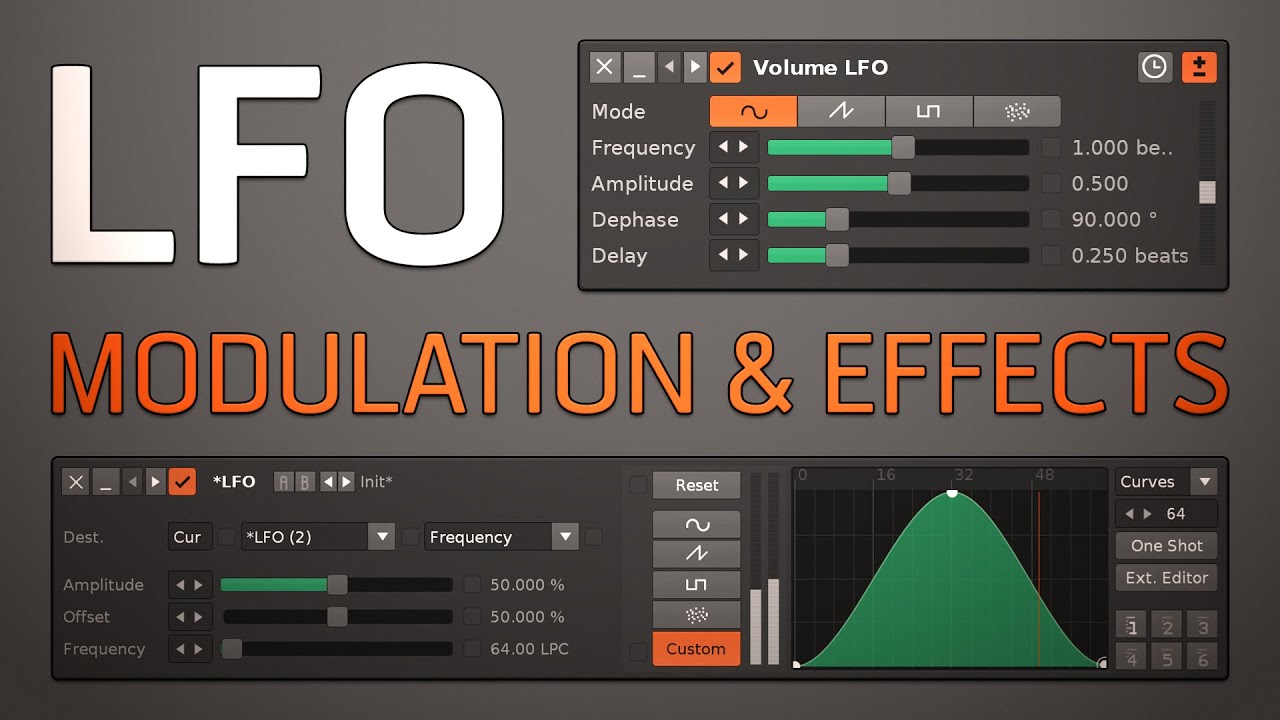The Signal Follower measures the volume level at the location that it’s placed in a track or sampler fx chain and then uses its controls to craft an output signal from that volume input. The output is sent to a destination, which automates the chosen parameter of the chosen effect.
Equalization or EQ is the process of adjusting the balance of frequencies within an audio signal to enhance/reduce certain elements and help them sit appropriately within the overall mix. To this end, Renoise provides three such tools to aid in your quest for mixing magic.
Great video once again thanks
wow! so it’s possible to do all that with EQs? 
thanks! i definitively must take a look to those EQs! …i mean a closer one 
That is very informative, and taught me a few things I hadn’t thought of - nice!
This series has presented the major uses for each command. However, there are some non-obvious but useful quirks worth highlighting; either a specific application of techniques, or combos where different effect commands interact.
looking forward to watch it now!
great video as always, and very informative!
thanks.
it was instructive for me as always.
A ghost note is a note in the Pattern/Phrase Editor that’s had its instrument or sample number removed by the user. When played it will retrigger the most recently played instrument/sample in its column, but with some useful differences from the normal behaviour.
What are some bennefits of using phrases over putting the same content in a main pattern?
Excellent videos, these videos contributed to my decision to switch to Renoise.
What was particularly informative for me was seeing how ‘ghost’ notes,
disables the enevelope retriggering, allowing modulation enevelope(s)
playback to continue though the new ghost notes.
Haven’t checked out phrases yet but it was great to see
the phrase mechanism follows a similar priciple as the
main editor screen.
Thank you Achenar, very much appreciated!
The Ghost Notes video took a ton of time to research and pare down to the essentials. Here’s some fun facts that were excluded:
1) 2:13 - "But, if a ghost note is played without having encountered a regular note during this playback..."
For a newly loaded song, it will just use instrument 00.
2) 3:34 - "Although playback of an instrument's samples are restarted, the modulations are not; they continue uninterrupted."
What happens when envelopes have ended but the note continues and then is ghosted?
Nothing.
3) 5:38 - "...the other things that are affected are the I and O effect commands..."
As usual, I & O will apply to phrases that use Plugin/MIDI.
4) 6:42 - Phrases – Pitching & Switching
What about multiple triggerings of phrases in the Pattern Editor via different columns/tracks?
Each instance plays completely independently. Regular notes played from one phrase activation will not affect the ghost notes in another.
5) There's another old tracker technique which is similar to ghost notes, but doesn't really apply to Renoise.
Protracker & others use ‘sample number only’ to raise volume back to full, usually combined with A – Volume Slide for stuttering. Since Renoise has a volume column, its version of the old C – Set Volume command became Cut Volume; quicker to enter & more versatile for stuttering.
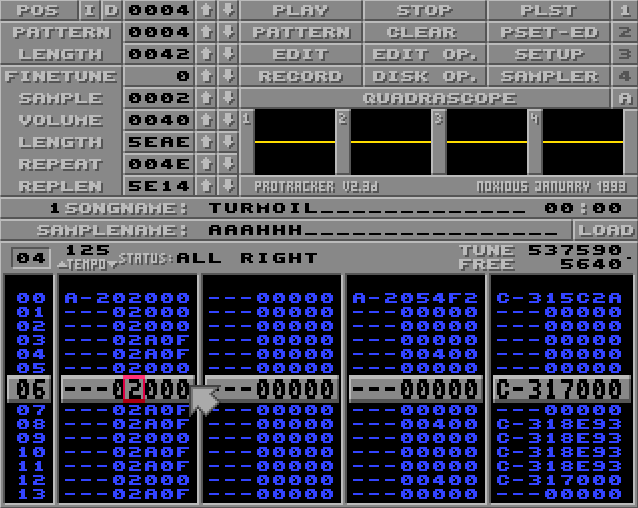
The Sidechain device sends its audio signal to an effect that’s in a different track or sampler fx chain. This allows the receiving effect’s behaviour to be controlled by an audio source other than one that it’s actually processing.
Nice video.
I would like to add that you also can add “prelook” / look-ahead to your sidechain signal, if you wrap the sidechain send device into two track control vst devices by dmg audio (freely available), like so:

First track control needs a negative delay value, and the second one the same value, but positive. You also could use the delay device with mute src and feedback 0 as second device, but timings might differ from developer to developer  Also don’t miss the description video by DMGAudio.
Also don’t miss the description video by DMGAudio.
When you create an FX Chain within the Sampler, by default, that instrument will then be restricted to playing on a single track in Renoise, or a single output bus in Redux. However, an FX Chain’s output can be changed to route the audio to a specific track or output bus, and this can be different for each FX Chain.
Mute Groups are inspired by a feature from hardware samplers and drum machines, where you may know them as ‘choke groups’. The idea has been adapted to fit within the Renoise workflow and, although it can be used with any type of sampled sound, it’s most commonly applied to percussion.
Beatsyncing a sample is a quick and easy method of synchronising the length of its playback to a certain number of lines. Although its simplicity has been retained since the early days of Renoise, it’s affected by a couple factors introduced in recent versions.
A low-frequency oscillator generates a signal that cycles through a relatively slow pattern. Although it’s used in two different ways as Modulation and Effects for Renoise & Redux, the core method of constructing the LFO is identical in both.
Awesome video, thought i knew about LFO’s but totally learned stuff here; thank you!
Think im going to have to watch this again, and lookup stuff on ‘meta-mixer’ and ‘formulas’ too.


